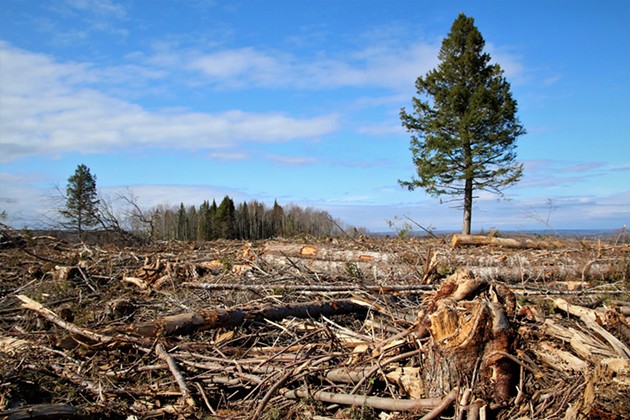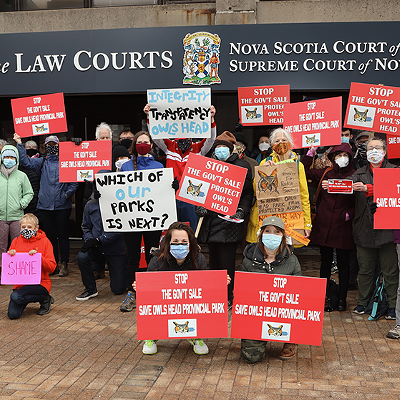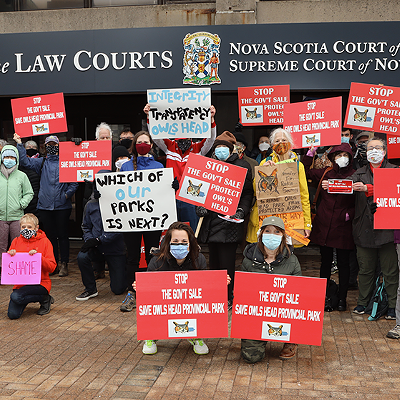If the province wants to reduce clearcutting on Crown lands, first it needs to clean house over at the Department of Natural Resources.
So says Raymond Plourde, wilderness coordinator for the Ecology Action Centre, who believes the current departmental leadership has lost the public's trust.
“It’s largely because of their single-minded focus on giving the big mills what they want and keeping the public’s expectations at bay,” says Plourde.
Earlier this week, the provincial government released its response to professor William Lahey’s independent review of forestry practices. Minister Iain Rankin accepted the report's recommendations for a drastic reduction of clearcutting on Crown lands and a new “ecological forestry” system.
“Forestry is a longstanding economic driver in Nova Scotia and it’s important we get it right,” said Rankin in a press release.
Nova Scotia will begin work immediately—four months after the report first came out—to shift to a new “triad model” of forest management, where some Crown lands are protected, some are lightly harvested and some are sacrificed to high-production industries for clearcutting.
Changing the marching orders isn’t enough, though, says Plourde. The people inside the old bureaucracy also need to change. Otherwise, says the forest advocate, time passes, governments change and the Lahey report’s mandate could fade from priority.
“That’s the danger.”
The department's oversight of Nova Scotia's forests has been a continual point of criticism from conservationists who argue DNR relies on bogus science and obfuscation to produce industry-friendly decisions.
Lahey’s report notes there’s a “significant gap between what the DNR says it is doing to manage forestry on Crown land and how it is actually managing forestry on Crown land.”
Conservationists believe the department is beholden to industrial interests, writes Lahey, pointing to DNR's refusal to implement commitments from the Natural Resources Strategy, as well as the number of former forestry executives now holding senior positions with the department.
Allan Eddy, a former Bowater woodlot manager and NS Power executive who was in charge of forestry management, was hired four years ago as the new associate deputy minister for DNR. He's since moved on to work for Port Hawkesbury Paper, lobbying the province in a government relations role. Aside from Eddy, there's former Resolute Forests Products manager Jon Porter (now executive director of DNR’s renewable resources branch) and former Northern Pulp lawyer and lobbyist Bernie Miller (who's now the deputy minister for the Department of Business). Among others.
“Bottom line is if you’re going to have a major change in the department and the way it behaves,” says Plourde, “then you need to bring in new people who actually agree with that approach and don’t need to be dragged kicking and screaming.”













